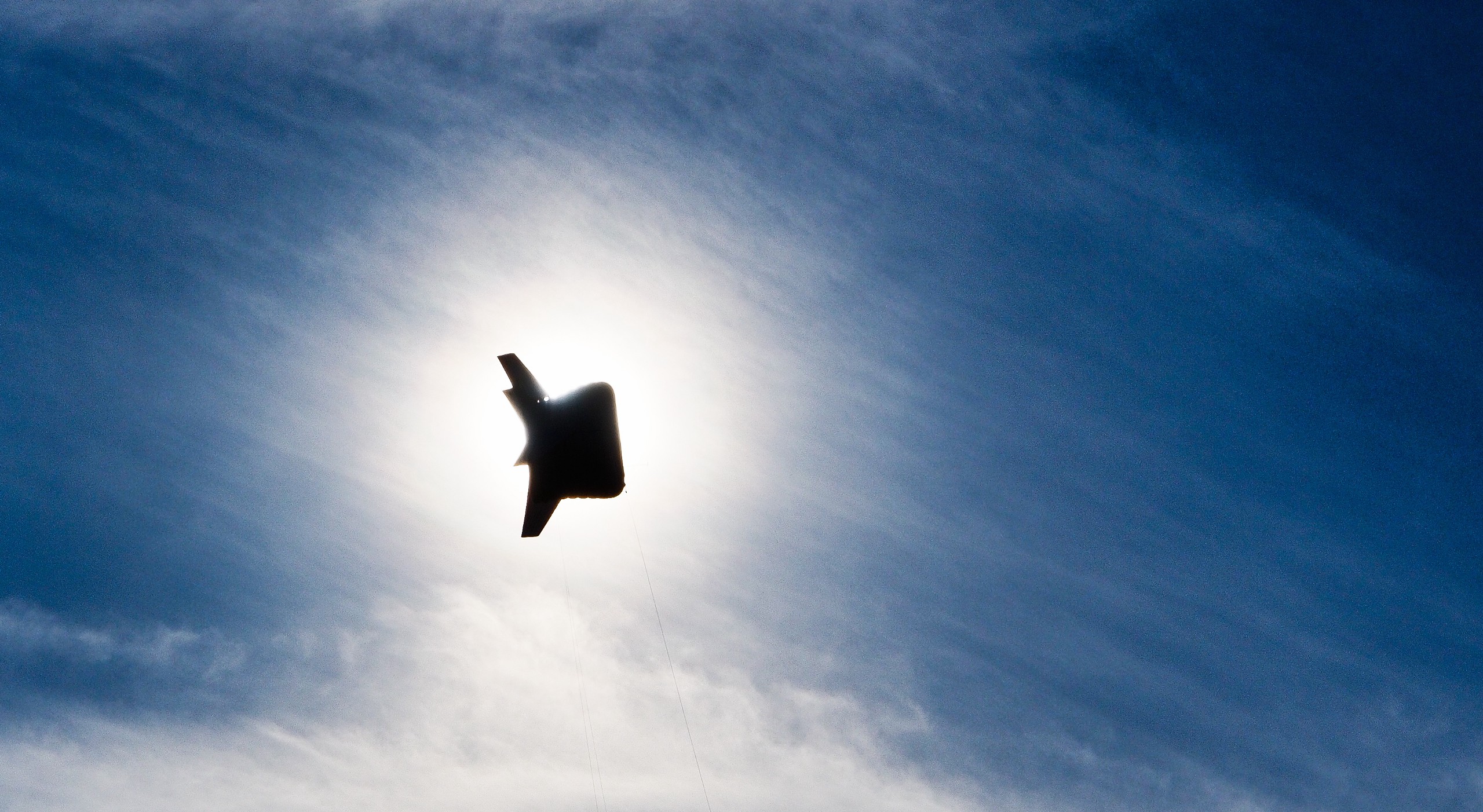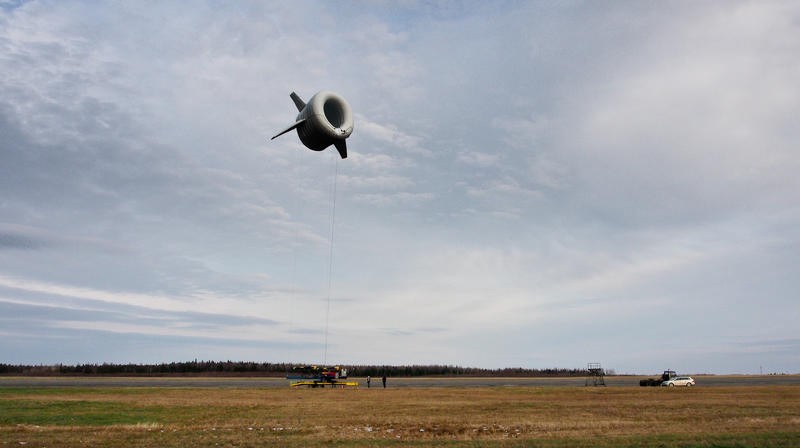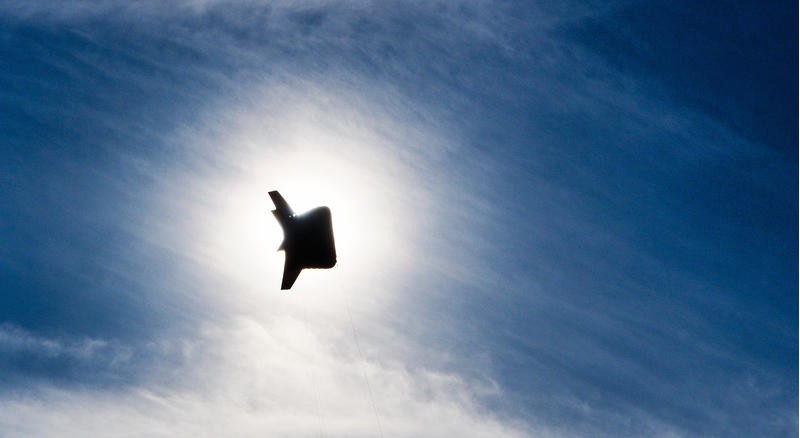
Ben Glass wanted to be a rocket scientist, but his career took him to the skies by way of a different path. A study about high-altitude winds released during his senior year at MIT suggested there’s enough energy in the upper reaches to power 100 Earths.
“Which is a nice phrase, but the takeaway is that there’s a lot of energy up there,” said Glass. “We just don’t have a good way of harvesting it and bringing it back down to the ground.” So Glass took his degree in aeronautics and set to work developing a floating wind turbine that could fill the void. Thus, Altaeros Energies was born.

The concept of Altaeros is remarkably simple. Use a large helium-filled shell to fly turbines roughly 1,000 feet above the Earth, 275 feet higher than the world’s tallest wind turbine, and tether it to a trailer-based station on the ground. This Buoyant Airborne Turbine (or BAT) has the lifetime of a typical stationary wind turbine with the advantage of quick deployment, making it possible to bring wind power to remote and rural areas across the world. The whole setup fits in a standard shipping container.
“You can deploy at a given site for two years, five years, 10 years, whatever, and if that’s a temporary site you can always pack it back down and take it to the next site,” he said. “There’s no permanent footprint there.”
The BAT is modeled after air-based vehicles used by the military to lift surveillance or telecommunications equipment quickly and easily. Glass and his team plan to incorporate this original purpose into the BAT to introduce Internet access to otherwise unplugged communities.

“At the end of the day we’re really building a platform and we can use it to not only provide power but also to lift additional equipment,” he said. “Whether it’s local area network so you can communicate to individuals within that area, [or] 3G, 4G, Wi-Fi “¦ whatever it needs to be for that particular site.”
The first commercial-scale pilot will launch in Alaska in 2015. “Alaska’s got a lot of off-grid villages that are depending on bringing in diesel to power the village. Very high cost of energy, so the Alaska energy authority is very interested in finding better ways to power those communities,” he said. Long term, Glass would like to see his technology integrated into mainstream utilities. But the main goal remains helping areas with less access to clean and affordable power.
Members of the Altaeros team recently attended the Small Islands Developing States conference in Samoa, and they got to speak with exactly the people they hope their technology will help.
“In most cases their single biggest problem is the cost of energy, and it’s a huge barrier to improving the quality of life,” said Glass. “We have a real shot at making a pretty big impact in the remote power world.”



How We Get To Next was a magazine that explored the future of science, technology, and culture from 2014 to 2019. This article is part of our Power Up section, which looks at the future of electricity and energy. Click the logo to read more.
